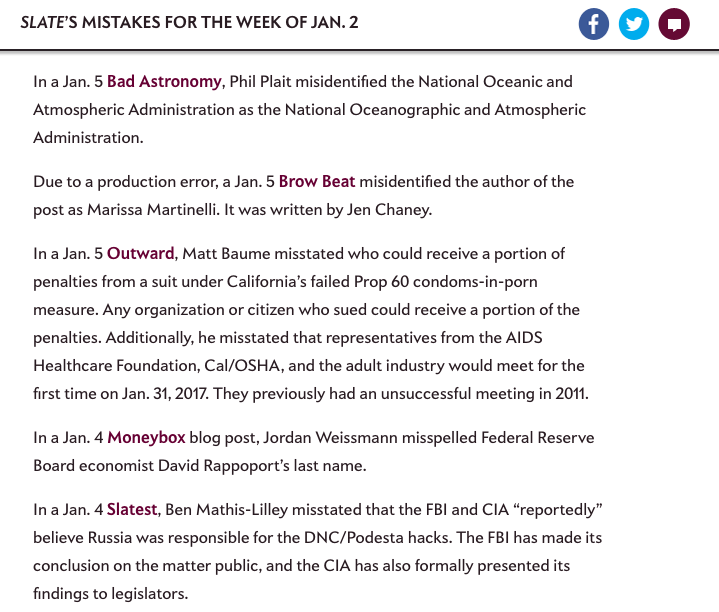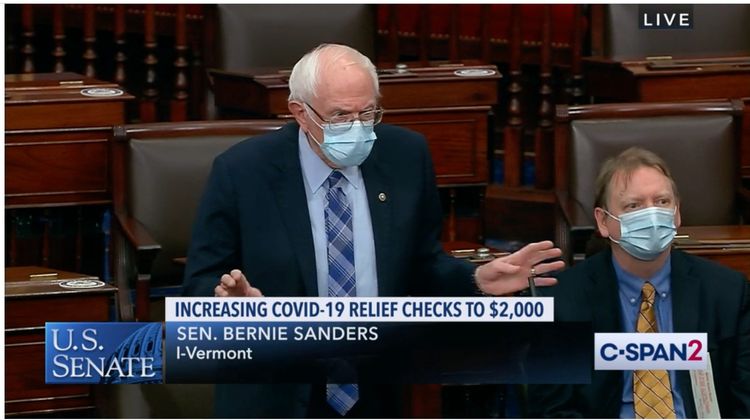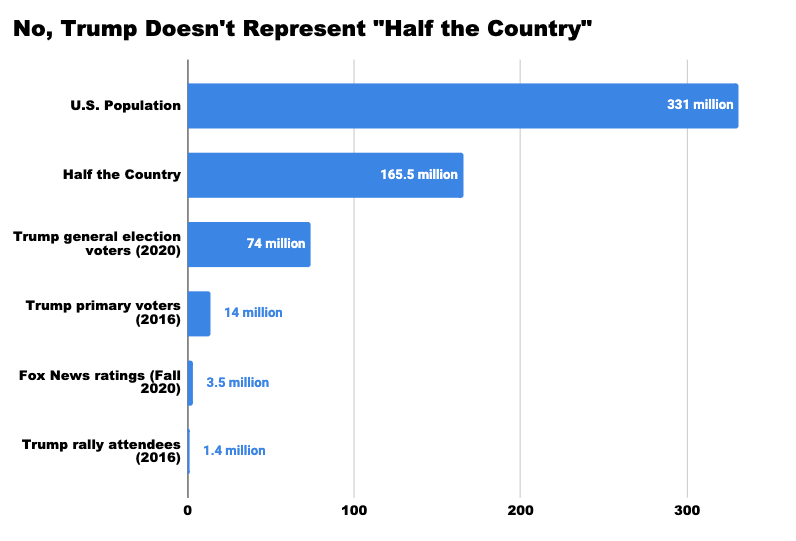D’oh! How Science Communicators Can Responsibly Deal with Mistakes


I’ve written before about what to do when a journalist gets something wrong. But what about when a researcher or an institution is the one at fault? Mistakes happen, after all, from transposed figures to inaccurate press releases to the research itself getting corrected or — oof — retracted.
In such cases, science communicators should be transparent, thorough and quick to respond. It’s the right thing to do and copping to mistakes and working with journalists to correct them can actually enhance a source’s credibility over the long haul.
Take Responsibility for Corrections and Act Quickly
As a long-time NASA media staffer and former journalist once told me, when he has bad news, he wants to be the one to tell it. I think that maxim holds true for corrections. If someone else catches a mistake and starts complaining about it to journalists via comments, emails or on Twitter, a science communicator might feel like they’re on the defensive. A failure to respond quickly can even look suspicious to journalists.
When someone finds a mistake, science communicators should let journalists know as quickly as possible so they can correct it. Check to see if news aggregators and bloggers picked up the same mistake and contact them, too. Be thorough. Don’t leave a journalist out and put them in the position of having to explain to an editor why another outlet issued a correction and they didn’t.
In some cases, a mistake might warrant a more thorough review. Perhaps a key researcher got left off the press release approval email chain and now they’re going through it with a fine-toothed comb. If that’s going to take a while, it’s worth letting journalists know what’s been found so far while giving them a time by which you expect to have a fuller assessment.
It may be the case that only some of the journalists who covered a story conveyed the incorrect information. Communications staffers in damage-control mode may be tempted to just contact them and avoid having to tell other journalists who dodged the bullet that something went wrong. Don’t do it! Contact everyone who covered the story or expressed interest in it. If it looks like a journalist doesn’t need to update their story, let them know they’re probably in the clear up front: “I don’t think your reporting reflected this error or was based on it in any substantive way, but I wanted to let you know…”
If an institution blasted out a press release with an inaccuracy, they should also send a corrective note. Yes, it sucks! But they should do it anyway. Science communicators have to hold themselves to a very high standard.
This can be a messy process, for sure, but given how rapidly news spreads online and how quickly mistakes can get propagated through secondary and tertiary sources — especially partisan ones — it’s worth the effort.
Figure Out an Internal Review Process Ahead of Time
People have very different reactions when it’s time to correcting errors. It’s worth taking the time now — not when people are panicked about a potentially embarrassing or simply annoying error — to come up with a process for responding.

Assign a lead and backup in the communications team to handle corrections. Have a similar plan for how the scientific team should be engaged. Ask executives to lay out a process for when they should get a heads up and when they need to be at the table for decision-making. In short: have a plan now so the team doesn’t have to waste precious time figuring out who needs to be on a conference call or an email chain in the moment.
Everyone at an institution should agree on principles of transparency, thoroughness and speed in advance of an error. When a real correction comes along, that’ll make it easier for everyone to focus on upholding those principles rather than pointing fingers.
The truth is that corrections can hurt. Some people will react with initial denial. Our brains beg us to explain away mistakes instead of copping to them. Others may want to rush to correct the record, imagining worst-case scenarios and ruined relationships with reporters. Still others may use a correction to undermine someone internally or even try to throw them under the bus to a reporter (yuck!). More commonly, a junior staffer may find a mistake that obviously came from a superior who has sway over their placement and salary, so they hesitate to bring it up.
In science communication, everyone should feel like surfacing and responsibly correcting errors is an important, if unpleasant, part of their jobs.
Be Clear About Corrections on the Web
Along with having a ready plan with your team, it’s important to have a consistent policy for issuing corrections on an organization’s website. Consider posting a correction policy for public consumption. It’s worth being transparent.
Many media outlets, of course, are grappling with the same issues. Slate was an early adopter among news sites for using the limitless publishing format of the web to make corrections not only more transparent, but also a regular weekly feature.

Institutions do themselves a disservice when they try to bury corrections. Quietly updating web copy after a mistake has been discovered is routine. Sometimes people don’t notice. Other times they screengrab the before and after and make fun of the institution on Twitter. The Internet has a long memory and journalists have copies of original press releases in their inboxes. Once it’s out there, it’s out there. We can’t pretend it wasn’t.
So what to do? Annotations, strikethroughs and footnotes with anchor tags are my preferred method for issuing — and consuming — corrections. They allow the reader to see what was there originally and what changed and why. In extreme cases, where multiple corrections are required, it may be worth creating a corrected copy and an original copy to preserve readability, but for almost all other instances, these context-heavy systems are sufficient and respect the audience in a way that opaque updates do not.
What else?
I seriously hope I didn’t make any mistakes in this post, of course. But if I made an error of omission, let me know! I’d love to hear more about what works and doesn’t work when we have to — gulp — make a correction.
Originally published at Science Communication Media.




